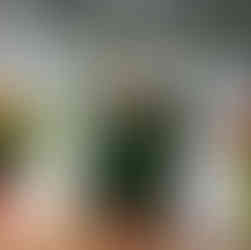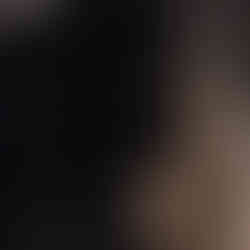Embracing the Contemporary: A review of the Dowse
- Caroline

- Feb 10
- 4 min read
A week ago I had the pleasure of meeting Senior Curator, Chelsea Nichols, of the Dowse Art Gallery and then taking a tour of New Zealand’s leading contemporary art gallery. Knowing something about the Dowse’s history is helpful framing for any visit. The gallery opened in 1971 and from the very beginning it pushed boundaries with its exhibitions and acquisitions. The Dowse started with a commitment to represent the under-represented and to champion underappreciated works and artists that the mainstream art world overlooked. As such the Dowse has a significant craft collection which includes carvings, weavings, ceramics, glass and jewellery. Craft has been a key part of the acquisition strategy over the past fifty years, alongisde more conventional pieces of 'art'. As Chelsea summarised, ‘The Dowse is a mix of quirk, craft and art’.
One of first controversies at the Dowse was the purchase and display of David Armitage’s 1972 painting entitled: She said, “Look at me”. I looked. She rose into detail forever. It shows a nude couple making love in a striking room of yellow and purple. Having read about it online, I was delighted to see the painting in the upper floor exhibition curated in collaboration with local fashion designer Jimmy D. (The name of this exhibition The House of Dowse x Jimmy D is a stroke of genius). This is a semi-permanent display of Dowse collection items, as opposed to the gallery's typical focus on short-term exhibitions with loaned and commissioned items.

Other standout pieces in the The House of Dowse included Victoria McIntosh’s 2019 work My Handbag, My Choice. The handbag is made from vintage undergarments and has beaded female reproductive organs sewn on. Vintage knitting needles inside the bag represent home-made tools for back-street abortions. McIntosh was inspired to make this piece after visiting the Police Museum in Porirua and seeing the handmade abortion tools. I found myself daydreaming about curating a show centred on this artwork. Having driven past two anti-abortion ‘I can’t wait for my birthday’ billboards in rural New Zealand, plus the US’s dispiriting insistence on rolling back Roe v Wade, it’s a very contemporary and controversial issue once more (if it ever stopped being).



























Comments